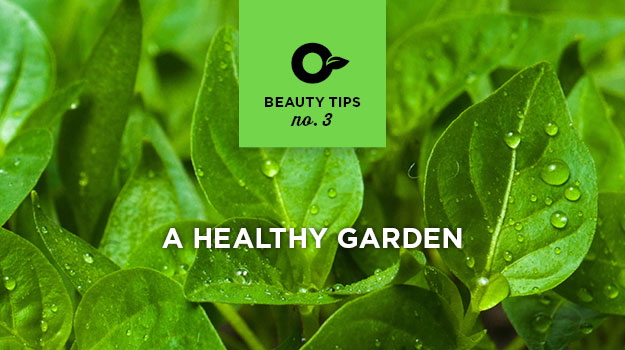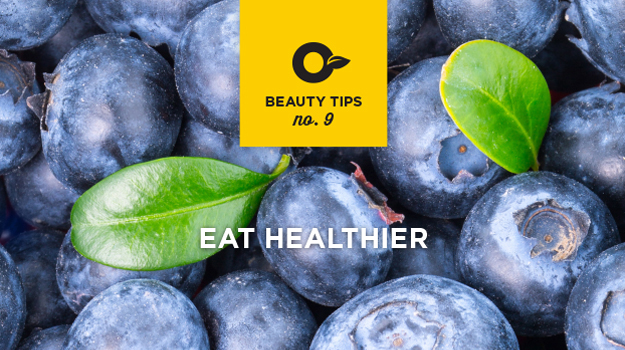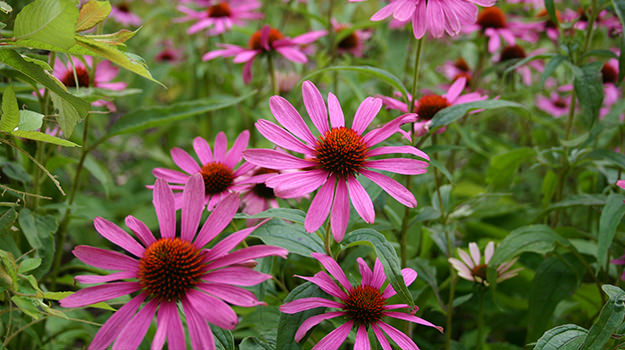
You very well may have herbs in your own garden, but more than likely they are the rather usual culinary herbs such as parsley, sage, rosemary, and thyme.
There are, however, many other herbs worthy of incorporating into the garden or interspersed amongst other plants for not only their unique beauty, but for their potential medicinal use and/or to spice things up in the kitchen. The following is a list of 8 less common or rare herbs to grow in the home garden.
1. Bloodflower (Asclepias curassavica)
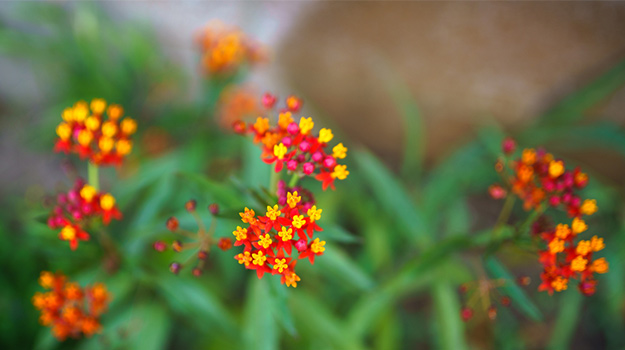
Also known as scarlet milkweed or wild ipecac, it is native to tropical South America but thrives in USDA zones 8b to 11. An evergreen shrub, bloodflower grows to around 3 feet in height with vibrant deep red and orange blossoms that attract butterflies.
It was once used as an emetic and its white stem sap was used to remove corns and warts.
2. Chinese Keys (Boesenbergia rotunda)
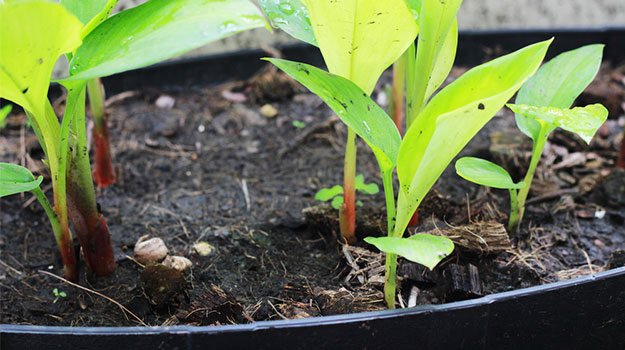
Native to Indonesia and thrives in shaded, moist areas with well-drained soil. Also known as lesser galangal and kra chaai, Chinese Keys tolerates frost and will bloom throughout the year in USDA zones 9-11.
It is a deciduous perennial that grows to about a foot in height and across. The young leaves, shoots and roots are used in salads.
3. Echinacea
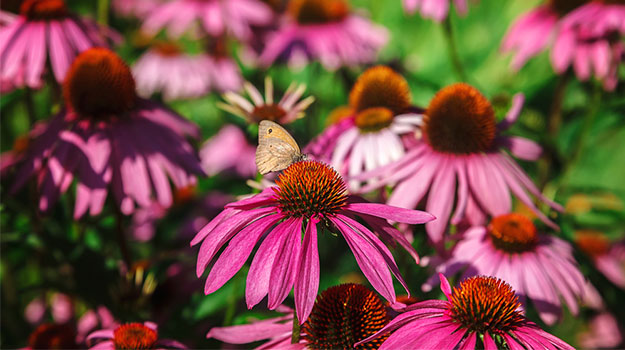
A lovely flowering perennial that is tolerant of either sunny or shaded areas. Also referred to as coneflower, Echinacea has been purported to have immunological benefits. Its blossoms are a welcome addition to the garden and can be used in fresh or dried flower arrangements.
4. Epazote
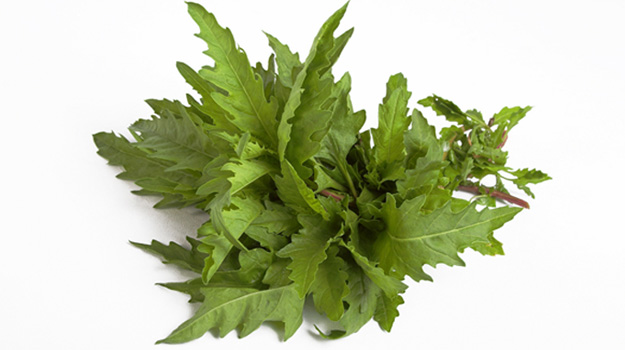
An herb commonly found in Mexican cuisine. A hardy plant in hot, dry climates, it can become invasive. The flavor is said to be both peppery and mint-like. Epazote has been used to treat flatulence.
5. Fairywand or false unicorn (Chamaelirium luteum)
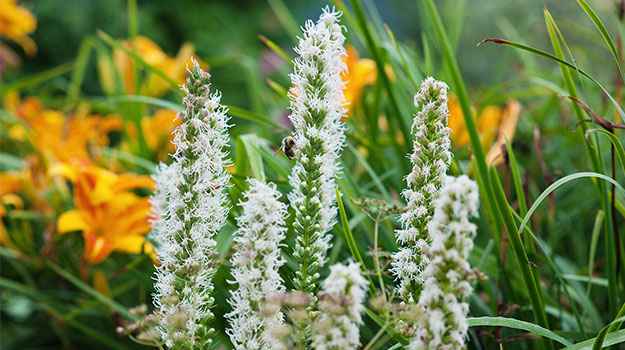
It grows in rich, moist soil in USDA zones 4-9, in sun to light shade. This herbaceous perennial grows to around 4 feet in height adorned with white flower spikes in mid-spring. The Native Americans chewed on fairywand rhizomes to calm pregnancy and other female reproductive issues.
6. Ginkgo biloba
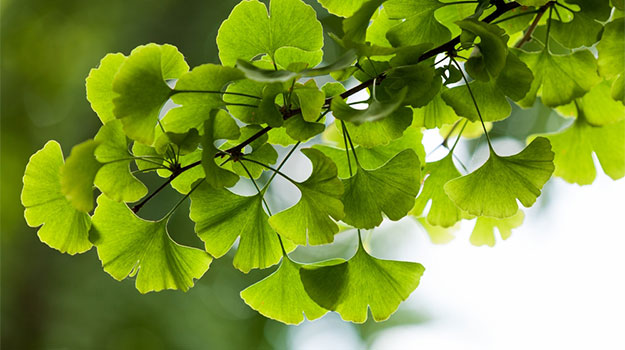
This is a deciduous tree that can grow up to 70 feet in height. The trees have uniquely shaped leaves. They can be container grown provided the tub has plenty of room. Choose only male trees for growing.
7. Saffron

Saffron is the most expensive spice in the world due to the difficulty in extracting the delicate orange stigmas. It takes 75,000 blossoms to produce one pound of dried saffron that wholesales for $70 an ounce!
The saffron crocus (Crocus sativus) can be grown in USDA zones 6-9. It makes for gorgeous autumn colors and will provide nice grass-like green foliage throughout the winter.
8. Sneezewort (Achillea ptarmica)
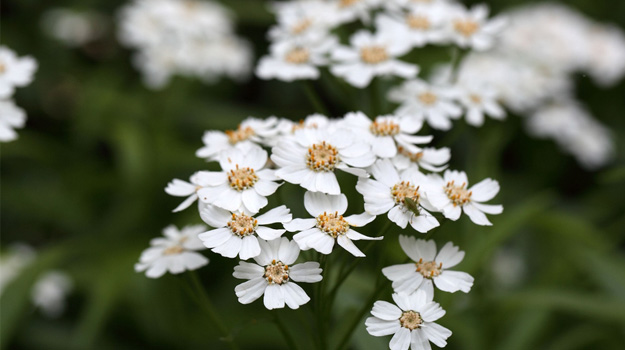
Sneezewortwill grow in almost any soil type and is also drought and frost resistant. This hardy perennial herb is also referred to as wildfire or adder’s tongue and is hardy to USDA zone 5.
The double white blossoms borne on 2-foot-long stems make great cut flowers for fresh or dried arrangements. Chewing on the leaves is said to relieve toothaches and the dried leaves were once used as snuff.

